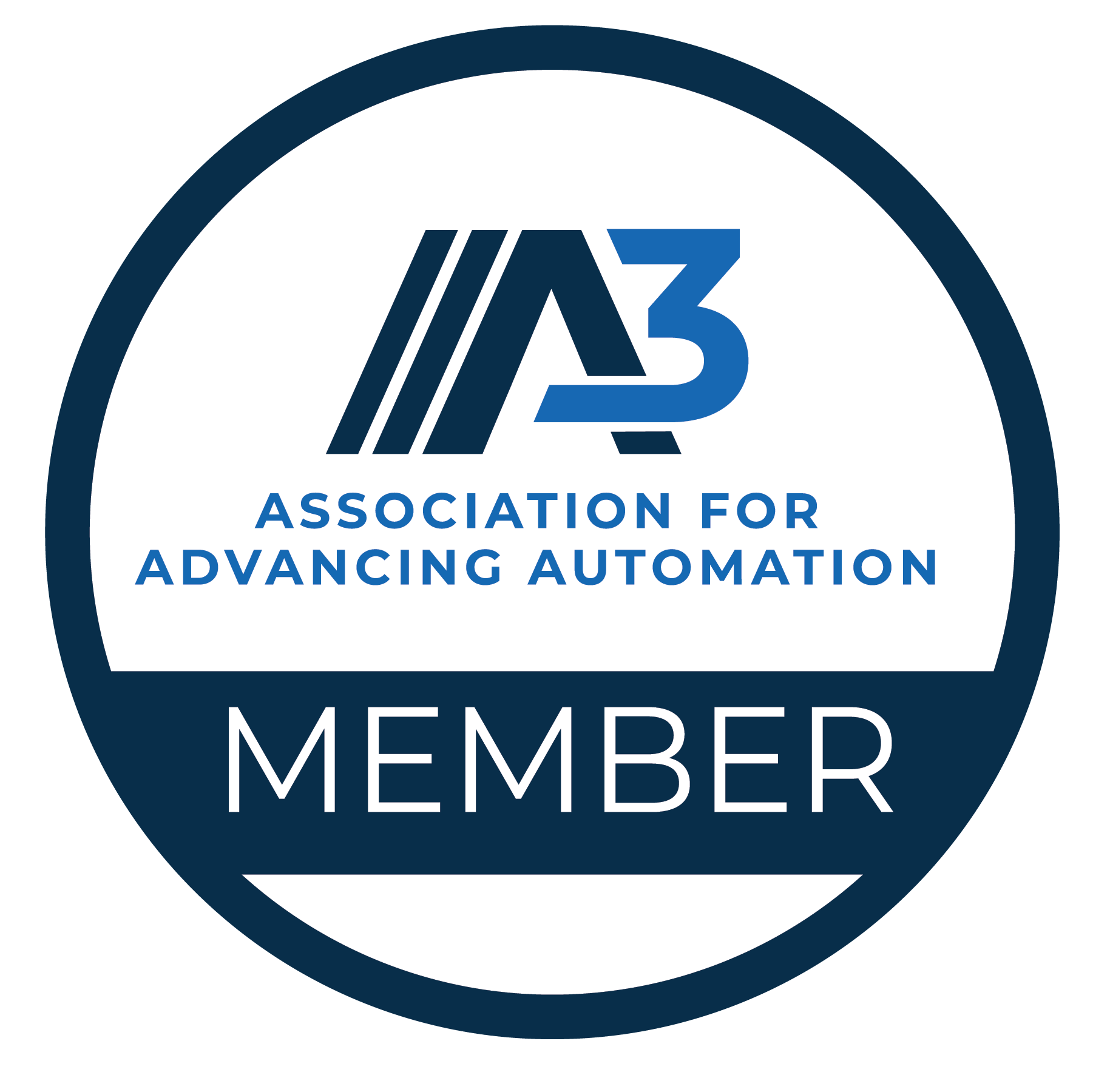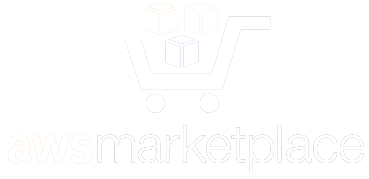AI process optimization refers to leveraging artificial intelligence technologies to optimize and automate manufacturing processes and production workflows. The goal is to improve efficiency, reduce costs, and enhance productivity.
What is AI Process Optimization in Manufacturing
Manufacturers can leverage AI-based process optimization to analyze their existing production processes and identify opportunities to improve efficiency, reduce costs, and enhance quality.
Key manufacturing processes that can be optimized with AI include:
- Assembly lines
- Machining/CNC processes
- Casting and forging
- Injection molding
- Welding
- Painting
- Quality control workflows
- Maintenance routines
- Inventory management
- Supply chain logistics
By applying AI techniques like machine learning, computer vision, reinforcement learning, and neural networks, manufacturers can:
- Automatically detect deficiencies and anomalies in production flows
- Identify root causes of bottlenecks, downtime, and suboptimal performance
- Predict potential issues before they occur through predictive maintenance
- Dynamically adjust process parameters to minimize cycle times and defects
- Optimize scheduling, resource allocation, and inventory levels
- Simulate alternate workflows and configurations
- Enable closed-loop optimization with real-time production data
The overall goals are to improve productivity, quality, and efficiency while reducing costs and waste. AI-powered process optimization provides manufacturers with data-driven insights to enhance their competitiveness.
Key AI Techniques for Manufacturing Process Optimization
Some key AI techniques used for optimizing core manufacturing production processes include:
- Assembly line optimization – Using computer vision and machine learning to analyze assembly line operations and optimize the sequence of tasks, resource allocation, and production scheduling to maximize throughput. Techniques like reinforcement learning can enable “self-optimizing” assembly lines that continuously tune their parameters to minimize cycle times and defects.
- Machining process optimization – Applying AI clustering and sequence mining to detect optimal CNC machining patterns and parameters to minimize cycle times and defects. By analyzing real-time sensor data from machining operations using deep learning, the optimal spindle speeds, feed rates, depth of cuts, and more can be determined dynamically.
- Casting & forging process optimization – Using sensor data analytics and supervised learning to define the optimal temperatures, presses, materials, and other parameters to boost yield. Once models have been trained on past data, they can prescribe the optimal settings for new casting and forging production runs.
- Injection molding optimization – Deploying reinforcement learning systems to dynamically adjust injection molding parameters like pressure, clamp force and cycle time to avoid defects. Combining process simulation and deep neural networks enables “in-the-loop” optimization where models are continuously re-trained on production data.
- Welding process optimization – Employing computer vision with thermal cameras and convolutional neural networks to fine tune welding patterns and quality in real-time. The optimal trajectories, contact pressure, arc voltage, and speed can be learned from experience. Defect detection during welding can trigger automated adjustments.
- Painting process optimization – Using simulation and generative adversarial networks to determine optimal painting process parameters like spray pressure, speed, temperature, pattern, and paint viscosity. Multi-objective neural networks can optimize for minimum thickness variance and overspray.
By leveraging the power of AI/ML, manufacturers can continuously optimize their core production processes to achieve significant quality, efficiency, and cost improvements over time. However, careful data management and model governance practices are required.
Benefits of AI Process Optimization in Manufacturing
Applying AI to optimize manufacturing production processes offers powerful benefits including:
- Increased throughput thanks to optimized task sequencing, scheduling, and resource allocation on assembly lines. AI optimization can improve cycle times by 10-30%.
- Reduced defects through AI-powered quality control and predictive maintenance. Computer vision inspection and predictive models decrease defects over 20%.
- Faster changeovers and reconfigurations with AI rapidly adapting process parameters to new products. Changeover time improved by 30-50%.
- Dynamic optimization of process inputs like temperature, pressure, speed etc. to minimize cycle times and improve yield. Overall equipment effectiveness improves 10-20%.
- Lower scrap and waste by optimizing process flows and variables to avoid overprocessing and other issues. Scrap reduction over 35% demonstrated.
- Maximized availability and uptime with AI predicting failures and optimizing maintenance. Overall uptime improved 12-18%.
- Consistent quality through closed-loop learning and continuous tuning as conditions change. First pass quality yield sees over 5% boost.
The targeted benefits of optimizing production processes with AI center on efficiency, quality, speed, and flexibility – all critical manufacturing performance indicators.
Manufacturing Process Optimization Use Cases
- A steel manufacturer leveraged machine learning on past data to optimize the roll pressure parameters in their continuous casting process, improving yield by 7%.
- An injection molding company deployed deep reinforcement learning to optimize mold clamping force, speed, and temperature parameters to reduce cycle times.
- A leading CNC machinist applied neural networks to optimize feed rates, spindle speeds, and depth of cuts based on tool condition to boost output.
- A paint shop implemented generative adversarial networks to optimize paint process parameters like pressure, speed, and electrostatic charge to minimize overspray and thickness deviations.
- A semiconductor fabricator used reinforcement learning to optimize the etching process parameters like gas flow, RF power, and chamber pressure to improve uniformity and yield.
- An injection molding company applied deep learning on in-mold sensor data to optimize hold times, pack pressure, and cooling profiles to minimize cycle times and warpage defects.
- A ceramic manufacturer employed digital twins and simulation to determine the optimal kiln heating profiles and transportation loads to improve quality and energy efficiency.
The key focus is leveraging AI/ML to optimize the core production processes within manufacturing facilities – assembly, machining, molding, casting, painting, etc.
Challenges and Considerations
However, manufacturers face challenges implementing AI process optimization:
- High upfront costs for new AI-enabled infrastructure, sensors, data platforms, and engineering
- Organizational resistance from factory workers fearing job losses from increased automation
- Difficulty acquiring reliable, clean, and well-labeled training data sets to power AI algorithms
- Processes that are constantly evolving require ongoing model monitoring and frequent retraining
- AI model biases can lead to suboptimal or incorrect process recommendations
- Integration with complex legacy systems and specialized factory equipment
Manufacturers must weigh benefits vs costs and start with targeted AI proofs of concept. With careful data management, change management, and model governance, manufacturers can overcome hurdles and scale AI optimization.
The Future of AI in Manufacturing
Looking ahead, AI-based manufacturing process optimization will continue advancing through:
- More accurate and granular data capture of production parameters via sensors and IoT to power optimization models.
- Improved simulation and digital twin capabilities to test optimization scenarios with less real-world data needed.
- Reinforcement learning and closed-loop optimization enabling self-improving processes that continuously tune based on feedback.
- Multi-objective optimization balancing tradeoffs like quality vs throughput vs operating costs.
- Democratized AI allowing factory technicians to rapidly build and deploy optimization models without data science expertise.
- Hybrid AI combining different techniques like computer vision, NLP, reinforcement learning, and simulation for holistic optimization.
- Industry-specific AI solutions tailored to optimizing distinct manufacturing processes like casting, welding, painting etc.
- Cloud-powered industrial AI enabling smaller manufacturers to access optimization models.
- Automation like collaborative robots combined with real-time AI optimization.
The future of manufacturing process optimization will be driven by these AI capabilities converging with rising computing power, better data, and continued innovation. But overcoming organizational and data challenges remains key.


